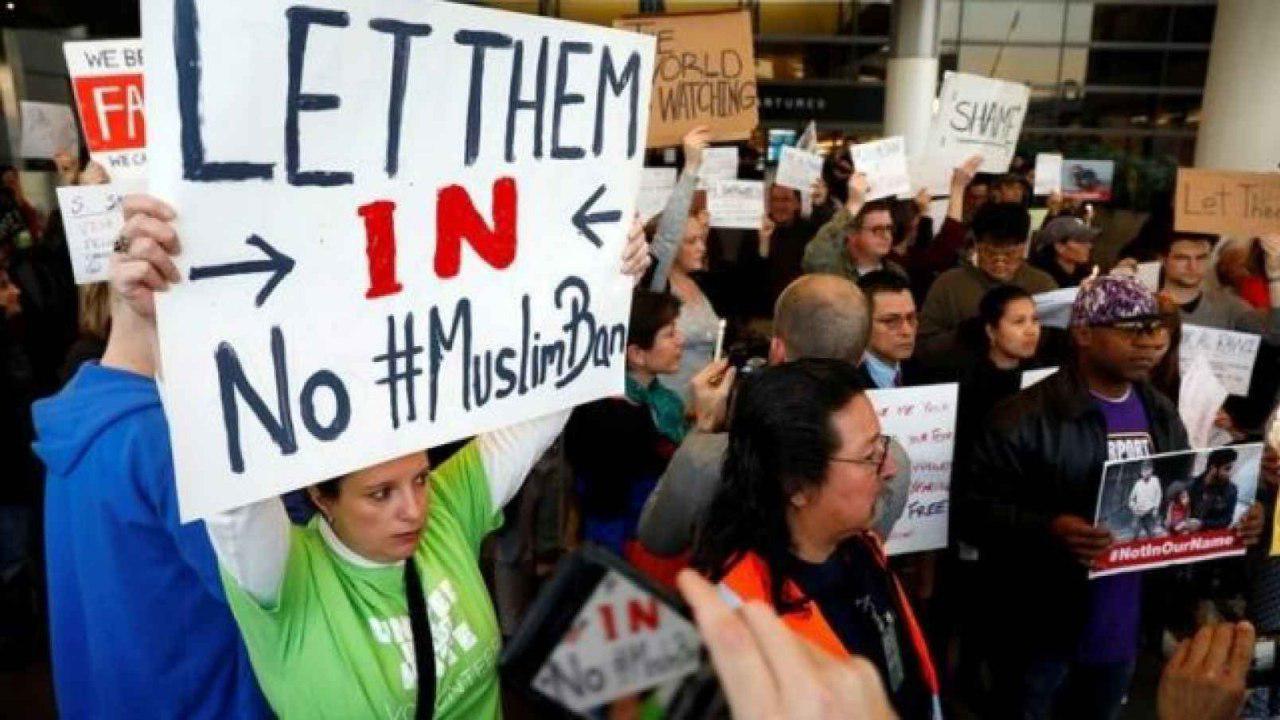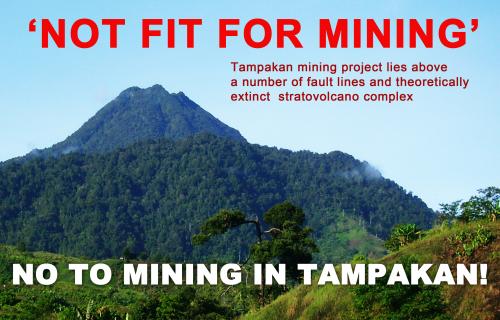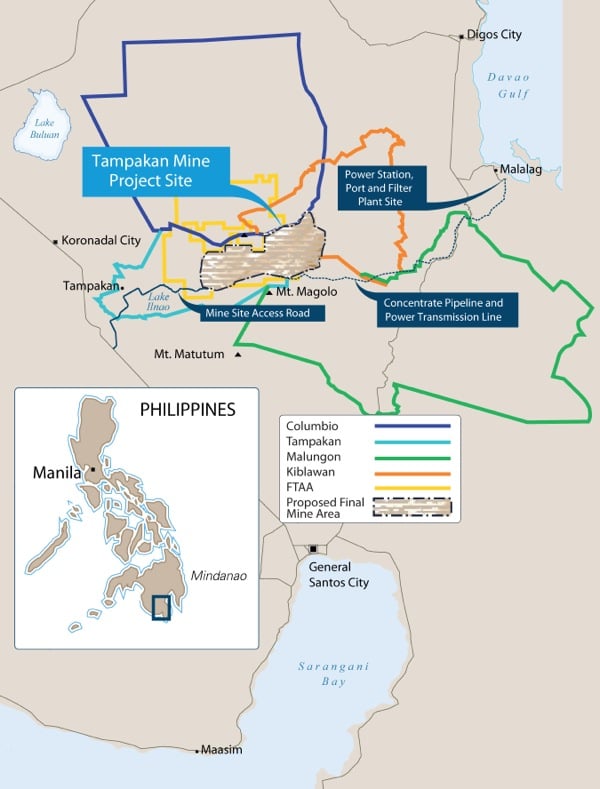First published by Global Research on May 27, 2018
When the Saudi Crown Prince gave an interview to the Washington Post, declaring that it was actually the West that encouraged his country to spread Wahhabism to all corners of the world, there was a long silence in almost all the mass media outlets in the West, but also in countries such as Egypt and Indonesia.
Those who read the statement, expected a determined rebuke from Riyadh. It did not come. The sky did not fall. Lightning did not strike the Prince or the Post.
Clearly, not all that the Crown Prince declared appeared on the pages of the Washington Post, but what actually did, would be enough to bring down entire regimes in such places like Indonesia, Malaysia or Brunei.Or at least it would be enough under ‘normal circumstances’. That is, if the population there was not already hopelessly and thoroughly indoctrinated and programed, and if the rulers in those countries did not subscribe to, or tolerate, the most aggressive, chauvinistic and ritualistic (as opposed to the intellectual or spiritual) form of the religion.
Reading between the lines, the Saudi Prince suggested that it was actually the West which, while fighting an ‘ideological war’ against the Soviet Union and other socialist countries, handpicked Islam and its ultra-orthodox and radical wing – Wahhabism – as an ally in destroying almost all the progressive, anti-imperialist and egalitarian aspirations in the countries with a Muslim majority.
As reported by RT on 28 March 2018:
“The Saudi-funded spread of Wahhabism began as a result of Western countries asking Riyadh to help counter the Soviet Union during the Cold War, Crown Prince Mohammed bin Salman told the Washington Post.
Speaking to the paper, bin Salman said that Saudi Arabia’s Western allies urged the country to invest in mosques and madrassas overseas during the Cold War, in an effort to prevent encroachment in Muslim countries by the Soviet Union…
The interview with the crown prince was initially held ‘off the record’. However, the Saudi embassy later agreed to let the Washington Post publish specific portions of the meeting.”
Since the beginning of the spread of Wahhabism, one country after another had been falling; ruined by ignorance, fanatical zeal and fear, which have been preventing the people of countries such as post-1965 Indonesia or the post-Western-invasion Iraq, to move back (to the era before Western intervention) and at the same time forward,towards something that used to be so natural to their culture in not such a distant past – towards socialism or at least tolerant secularism.
*
In reality, Wahhabism does not have much to do with Islam. Or more precisely, it intercepts and derails the natural development of Islam, of its strife for an egalitarian arrangement of the world, and for socialism.
The Brits were behind the birth of the movement; the Brits and one of the most radical, fundamentalist and regressive preachers of all times – Muhammad ibn Abd al-Wahhab.
The essence of the Wahabi/British alliance and dogma was and still is, extremely simple: “Religious leaders would force the people into terrible, irrational fear and consequent submission. No criticism of the religion is allowed;no questioning of its essence and particularly of the conservative and archaic interpretation of the Book. Once conditioned this way, people stopped questioning and criticizing first the feudalist, and later capitalist oppression; they also accepted without blinking the plunder of their natural resources by local and foreign masters. All attempts to build a socialist and egalitarian society got deterred, brutally, ‘in the name of Islam’ and ‘in the name of God’”.
Of course,as a result, the Western imperialists and the local servile ‘elites’ are laughing all the way to the bank, at the expense of those impoverished and duped millions in the countries that are controlled by the Wahhabi and Western dogmas.
Only a few in the devastated, colonized countries actually realize that Wahhabism does not serve God or the people; it is helping Western interests and greed.
Precisely this is what is right now happening in Indonesia, but also in several other countries that have been conquered by the West, including Iraq and Afghanistan.

Destroyed Aleppo
Were Syria to fall, this historically secular and socially-oriented nation would be forced into the same horrid direction. People there are well aware of this, as they are educated. They also see what has happened to Libya and Iraq and they definitely do not want to end up like them. It is the Wahhabi terrorist fighters that both the West and its lackeys like Saudi Arabia unleashed against the Syrian state and its people.
*
Despite its hypocritical secular rhetoric, manufactured mainly for local consumption but not for the colonies, the West is glorifying or at least refusing to openly criticize its own brutal and ‘anti-people’ offspring – a concept which has already consumed and ruined both the Kingdom of Saudi Arabia and Indonesia. In fact, it is trying to convince the world that these two countries are ‘normal’, and in the case of Indonesia, both ‘democratic’ and ‘tolerant’. At the same time,it has consistently been antagonizing almost all the secular or relatively secular nations with substantial Muslim majorities, such as Syria (until now), but also Afghanistan, Iran (prior to the coup of 1953), Iraq and Libya before they were thoroughly and brutally smashed.
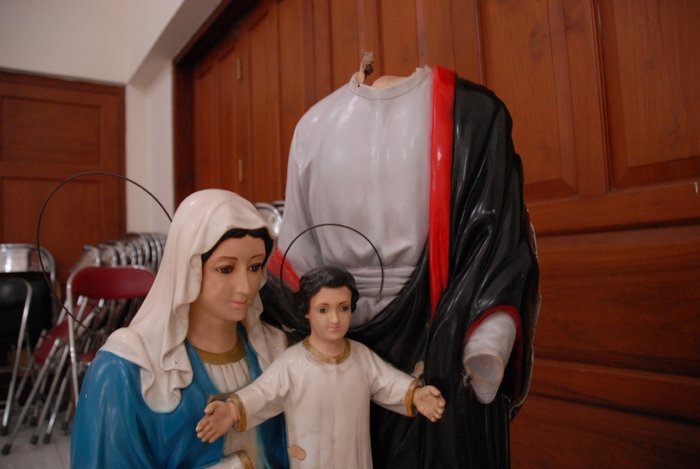
Extremist attacks against Indonesian churches
It is because the state, in which the KSA, Indonesia and the present-day Afghanistan can be found, is the direct result of both Western interventions and indoctrination. The injected Wahhabi dogma is giving this Western ‘project’ a Muslim flavor, while justifying trillions of dollars on ‘defense spending’ for the so-called ‘War on Terror’ (a concept resembling an Asian fishing pond where fish are brought in and then fished out for a fee).
Obedience, even submissiveness – is where, for many reasons, the West wants its ‘client’ states and neo-colonies to be. The KSA is an important trophy because of its oil, and strategic position in the region. Saudi rulers are often going out of their way to please their masters in London and Washington, implementing the most aggressive pro-Western foreign policy. Afghanistan is ‘valued’ for its geographical location, which could potentially allow the West to intimidate and even eventually invade both Iran and Pakistan, while inserting extremist Muslim movements into China, Russia and the former Soviet Central Asian republics. Between 1 and 3 million Indonesian people ‘had to be’ massacred in 1965-66, in order to bring to power a corrupt turbo-capitalist clique which could guarantee that the initially bottomless (although now rapidly thinning) natural resources could flow, uninterrupted and often untaxed, into places such as North America, Europe, Japan and Australia.
Frankly, there is absolutely nothing ‘normal’ about countries such as Indonesia and the KSA. In fact, it would take decades, but most likely entire generations, in order to return them to at least some sort of nominal ‘normalcy’. Even if the process were to begin soon, the West hopes that by the time it ends, almost all of the natural resources of these countries would be gone.
But the process is not yet even beginning. The main reason for the intellectual stagnation and lack or resistance is obvious: people in countries such as Indonesia and KSA are conditioned so they are not able to see the brutal reality that surrounds them. They are indoctrinated and ‘pacified’. They have been told that socialism equals atheism and that atheism is evil, illegal and ‘sinful’.
Hence, Islam was modified by the Western and Saudi demagogues, and has been ‘sent to a battle’, against progress and a just, egalitarian arrangement of the world.
This version of religion is unapologetically defending Western imperialism, savage capitalism as well as the intellectual and creative collapse of the countries into which it was injected, including Indonesia. There, in turn, the West tolerates the thorough corruption, grotesque lack of social services, and even genocides and holocausts committed first against the Indonesians themselves, then against the people of East Timor, and to this day against the defenseless Papuan men, women and children. And it is not only a ‘tolerance’ – the West participates directly in these massacres and extermination campaigns, as it also takes part in spreading the vilest forms of Wahabi terrorism and dogmas to all corners of the world. . All this, while tens of millions of the followers of Wahhabism are filling the mosques daily, performing mechanical rituals without any deeper thought or soul searching.
Wahhabism works – it works for the mining companies and banks with their headquarters in London and New York. It also works extremely well for the rulers and the local ‘elites’ inside the ‘client’ states.
*
Ziauddin Sardar, a leading Muslim scholar from Pakistan, who is based in London, has no doubts that ‘Muslim fundamentalism’ is, to a great extent, the result of the Western imperialism and colonialism.
In a conversation which we had several years ago, he explained:
“Trust between Islam and the West has indeed been broken… We need to realize that colonialism did much more than simply damage Muslim nations and cultures. It played a major part in the suppression and eventual disappearance of knowledge and learning, thought and creativity, from Muslim cultures. The colonial encounter began by appropriating the knowledge and learning of Islam, which became the basis of the ‘European Renaissance’ and ‘the Enlightenment’ and ended by eradicating this knowledge and learning from both from Muslim societies and from history itself. It did that both by physical elimination – destroying and closing down institutions of learning, banning certain types of indigenous knowledge, killing off local thinkers and scholars – and by rewriting history as the history of western civilization into which all minor histories of other civilization are subsumed.”
“As a consequence, Muslim cultures were de-linked from their own history with many serious consequences. For example, the colonial suppression of Islamic science led to the displacement of scientific culture from Muslim society. It did this by introducing new systems of administration, law, education and economy all of which were designed to impart dependence, compliance and subservience to the colonial powers. The decline of Islamic science and learning is one aspect of the general economic and political decay and deterioration of Muslim societies. Islam has thus been transformed from a dynamic culture and a holistic way of life to mere rhetoric. Islamic education has become a cul-de-sac, a one-way ticket to marginality. It also led to the conceptual reduction of Muslim civilization. By which I mean concepts that shaped and gave direction to Muslim societies became divorced from the actual daily lives of Muslims – leading to the kind of intellectual impasse that we find in Muslim societies today. Western neo-colonialism perpetuates that system.”
*
In Indonesia, after the Western-sponsored military coup of 1965, which destroyed the Communist Party of Indonesia (PKI) and brought to power an extreme pro-market and pro-Western regime, things are deteriorating with a frightening predictability, consistency and speed.
While the fascist dictator Suharto, a Western implant after 1965, was said to be ‘suspicious of Islam’, he actually used all major religions on his archipelago with great precision and fatal impact. During his pro-market despotism, all left-wing movements and ‘-isms’ were banned, and so were most of the progressive forms of arts and thought.The Chinese language was made illegal. Atheism was also banned. Indonesia rapidly became one of the most religious countries on Earth.
At least one million people, including members of the PKI, were brutally massacred in one of the most monstrous genocides of the 20th century.
The fascist dictatorship of General Suharto often played the Islamic card for its political ends. As described by John Pilger in his book,“The New Rulers of The World”:
“In the pogroms of 1965-66, Suharto’s generals often used Islamicist groups to attack communists and anybody who got in the way. A pattern emerged; whenever the army wanted to assert its political authority, it would use Islamicists in acts of violence and sabotage, so that sectarianism could be blamed and justify the inevitable ‘crackdown’ – by the army…”
‘A fine example’ of cooperation between the murderous right-wing dictatorship and radical Islam.
After Suharto stepped down, the trend towards a grotesque and fundamentalist interpretation of the monotheist religions continued. Saudi Arabia and the Western-favored and sponsored Wahhabism has been playing an increasingly significant role. And so has Christianity, often preached by radical right-wing former exiles from Communist China and their offspring; mainly in the city of Surabaya but also elsewhere.
From a secular and progressive nation under the leadership of President Sukarno, Indonesia has gradually descended into an increasingly radically backward-looking and bigoted Wahhabi-style/Christian Pentecostal state.
After being forced to resign as the President of Indonesia during what many considered a constitutional coup, a progressive Muslim cleric and undoubtedly a closet socialist, Abdurrahman Wahid (known in Indonesia by his nickname Gus Dur), shared with me his thoughts, on the record:
“These days, most of Indonesian people do not care or think about God. They only follow rituals. If God would descend and tell them that their interpretation of Islam is wrong, they’d continue following this form of Islam and ignore the God.”
‘Gus Dur’ also clearly saw through all the tricks of the military and pro-Western elites. He told me, among other things, that the 2003 Marriott Hotel bombing in Jakarta was organized by the Indonesian security forces, and later blamed on the Islamists, who were actually only executing the orders given to them by their political bosses from the pro-Western military regime, which until nowis being disguised as a, ‘multi-party democracy’.
In Indonesia, an extreme and unquestioning obedience to the religions has led to a blind acceptance of a fascist capitalist system, and of Western imperialism and its propaganda. Creativity and intellectual pluralism have been thoroughly liquidated.
The 4th most populous nation on the planet, Indonesia, has presently no scientists, architects, philosophers or artists of any international standing. Its economy is fueled exclusively by the unbridled plunder of the natural resources of the vast, and in the past, pristine parts of the country, such as Sumatra and Indonesian Borneo (Kalimantan), as well as on the brutally-occupied Western part of Papua. The scale of the environmental destruction is monumental; something that I am presently trying to capture in two documentary films and a book.
Awareness of the state of things, even among the victims, is minimal or out rightly nonexistent.
In a country that has been robbed of its riches; identity, culture and future, religions now playthe most important role. There is simply nothing else left for the majority. Nihilism, cynicism, corruption and thuggery are ruling unopposed. In the cities with no theatres, galleries, art cinemas, but also no public transportation or even sidewalks, in the monstrous urban centers abandoned to the ‘markets’ with hardly any greenery or public parks, religions are readily filling the emptiness. Being themselves regressive, pro-market oriented and greedy, the results are easily predictable.
In the city of Surabaya, during the capturing of footage for my documentary film produced for a South American television network TeleSur (Surabaya – Eaten Alive by Capitalism), I stumbled over an enormous Protestant Christian gathering at a mall, where thousands of people were in an absolute trance, yelling and lifting their eyes towards the ceiling. A female preacher was shouting into a microphone:
“God loves the rich, and that is why they are rich! God hates the poor, and that’s why they are poor!”
Von Hayek, Friedmann, Rockefeller, Wahab and Lloyd George combined could hardly define their ‘ideals’in more precise way.
*
What exactly did the Saudi Prince say, during his memorable and ground-breaking interview with The Washington Post? And why is it so relevant to places like Indonesia?
In essence, he said that the West asked the Saudis to make the ‘client’ states more and more religious, by building madrassahs and mosques. He also added:
“I believe Islam is sensible, Islam is simple, and people are trying to hijack it.”
People? The Saudi themselves? Clerics in such places like Indonesia? The Western rulers?
In Teheran, Iran, while discussing the problem with numerous religious leaders, I was told, repeatedly:
“The West managed to create a totally new and strange religion, and then it injected it into various countries. It calls it Islam, but we can’t recognize it… It is not Islam, not Islam at all.”
*
In May 2018, in Indonesia, members of outlawed terrorist groups rioted in jail, took hostages, then brutally murdered prison guards. After the rebellion was crushed, several explosions shook East Java. Churches and police stations went up in flames. People died.
The killers used their family members, even children, to perpetrate the attacks. The men in charge were actually inspired by the Indonesian fighters who were implanted into in Syria –the terrorists and murderers who were apprehended and deported by Damascus back to their large and confused country.
Many Indonesian terrorists who fought in Syria are now on their home turf, igniting and ‘inspiring’ their fellow citizens. The same situation as in the past – the Indonesian jihadi cadres who fought against the pro-Soviet government in Afghanistan later returned and killed hundreds and thousands in Poso, Ambon and other parts of Indonesia.
Indonesian extremists are becoming world-famous, fighting the battles of the West as legionnaires, in Afghanistan, Syria, Philippines and elsewhere.
Their influence at home is also growing. It is now impossible to even mention any social or god forbid, socialist reforms in public. Meetings are broken up, participants beaten, and even people’s representatives (MP’s)intimidated, accused of being “communists”, in a country where Communism is still banned by the regime.
The progressive and extremely popular Jakarta governor, Ahok, first lost elections and was then put on trial and thrown into jail for “insulting Islam”, clearly fabricated charges. His main sin – cleaning Jakarta’s polluted rivers, constructing a public transportation network, and improving the lives of ordinary people. That was clearly ‘un-Islamic’, at least from the point of view of Wahhabism and the Western global regime.
Radical Indonesian Islam is now feared. It goes unchallenged. It is gaining ground, as almost no one would dare to openly criticize it. It will soon overwhelm and suppress the entire society.
And in the West ‘political correctness’ is used. It is lately simply ‘impolite’ to criticize Indonesian or even the Saudi form of ‘Islam’, out of ‘respect’ for the people and their ‘culture’. In reality, it is not the Saudi or Indonesian people who get ‘protected’ – it is the West and its imperialist policies; policies and manipulations that are used against both the people and the essence of Muslim religion.
*
While the Wahhabi/Western dogma is getting stronger and stronger, what is left of the Indonesian forests is burning. The country is literally being plundered by the Western multi-national companies and by its local corrupt elites.
Religions, the Indonesian fascist regime and Western imperialism are marching forward, hand in hand. But forward – where? Most likely towards the total collapse of the Indonesian state. Towards the misery that will come soon, when everything is logged out and mined out.
It is the same, as when Wahhabism used to march hand in hand with the British imperialists and plunderers. Except that the Saudis found their huge oil fields, plenty of oil to sustain themselves (or at least their elites and the middle class, as the poor still live in misery there) and their bizarre, British-inspired and sponsored interpretation of Islam.
Indonesia and other countries that have fallen victims to this dogma are not and will not be so ‘lucky’.
It is lovely that the Saudi Crown Prince Mohammed bin Salman spoke publicly and clarified the situation. But who will listen?
For the Indonesian people, his statements came too late. They did not open many eyes, caused no uprising, no revolution. To understand what he said would require at least some basic knowledge of both the local, and world history, and at least some ability to think logically. All this is lacking, desperately, in the countries that have found themselves squashed by the destructive imperialist embrace.
The former President of Indonesia, Abdurrahman Wahid, was correct: “If God would come and say… people would not follow God…”
Indonesia will continue following Mr. Wahab, and the capitalist dogma and the Western imperialists who ‘arranged it all’. They will do it for years to come, feeling righteous, blasting old North American tunes in order to fill the silence, in order not to think and not to question what is happening around them. There will be no doubts. There will be no change, no awakening and no revolution.
Until the last tree falls,until the last river and stream gets poisoned, until there is nothing left for the people. Until there is total, absolute submission:until everything is burned down, black and grey. Maybe then, few tiny, humble roots of awakening and resistance would begin to grow.
*
This article was originally published on New Eastern Outlook.
Andre Vltchek is a philosopher, novelist, filmmaker and investigative journalist. He has covered wars and conflicts in dozens of countries. Three of his latest books are his tribute to “The Great October Socialist Revolution” a revolutionary novel “Aurora” and a bestselling work of political non-fiction: “Exposing Lies Of The Empire”. View his other books here. Watch Rwanda Gambit, his groundbreaking documentary about Rwanda and DRCongo and his film/dialogue with Noam Chomsky “On Western Terrorism”. Vltchek presently resides in East Asia and the Middle East, and continues to work around the world. He can be reached through his website and his Twitter.
All images in this article are from the author.

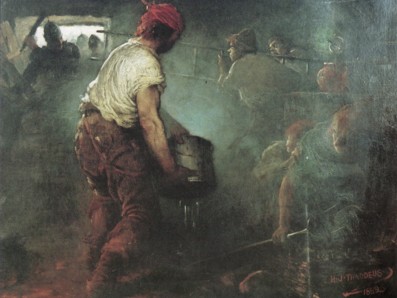



 Can you
Can you 

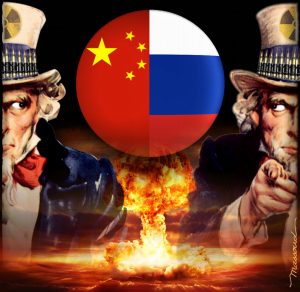

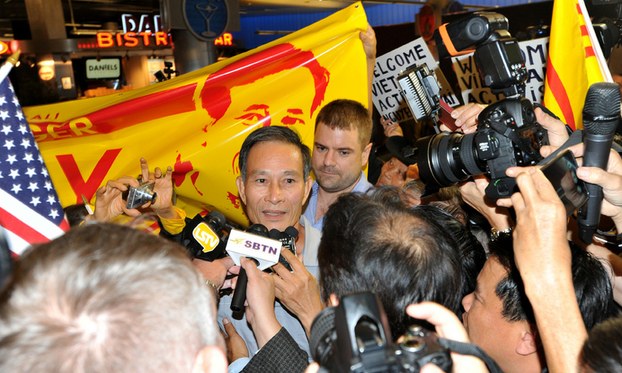







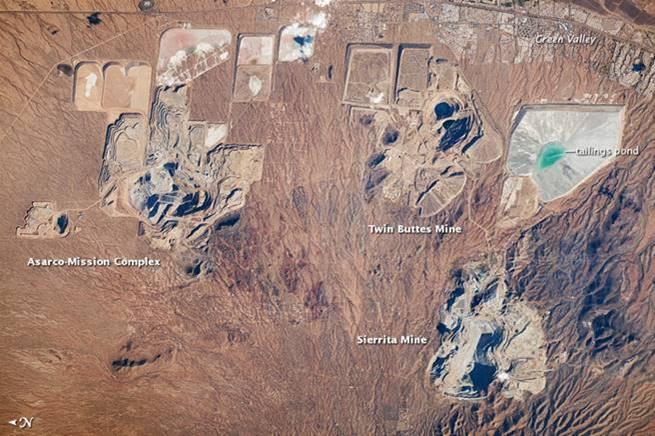











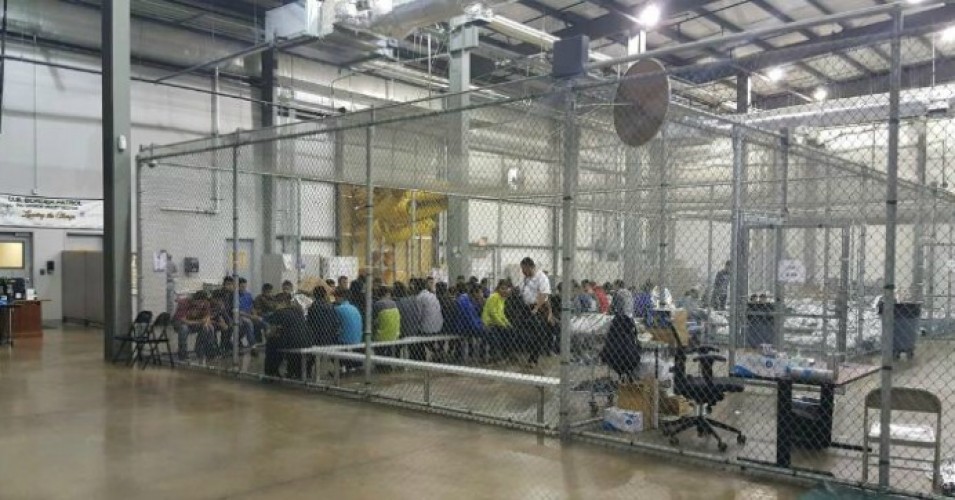

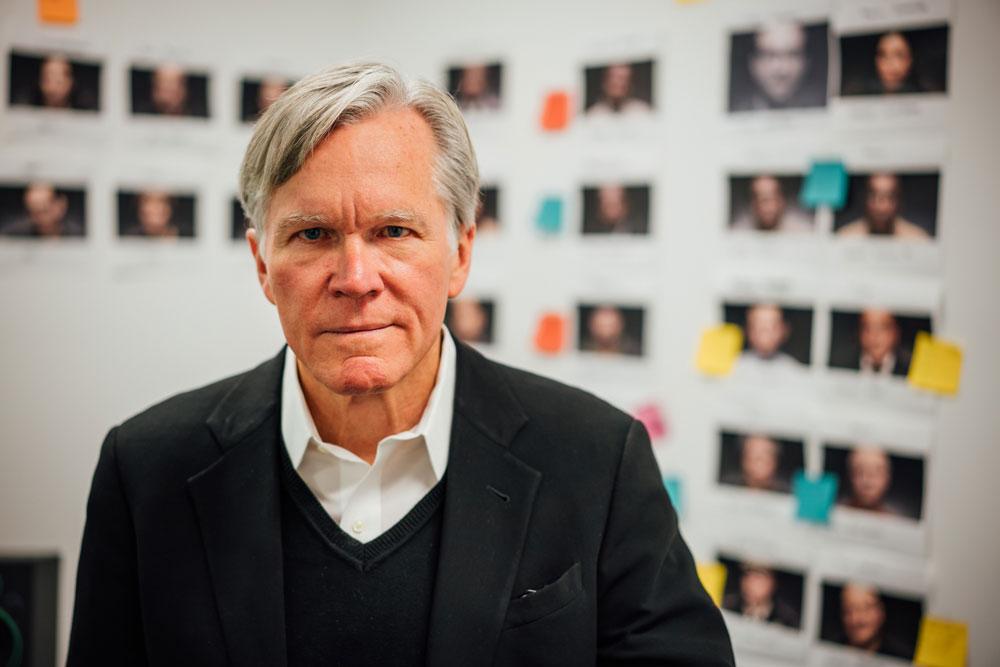
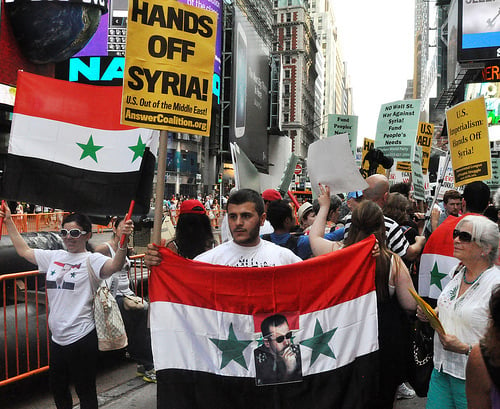
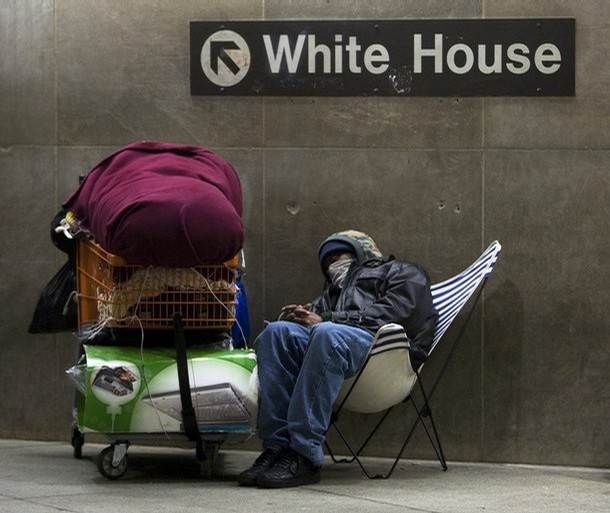

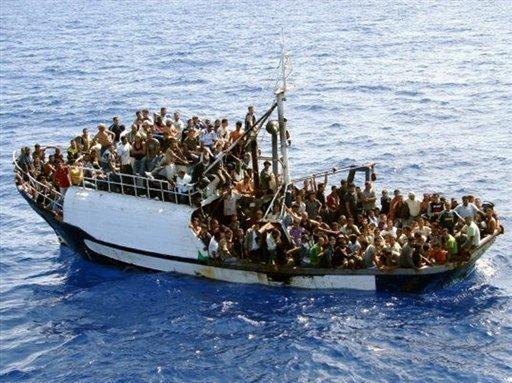

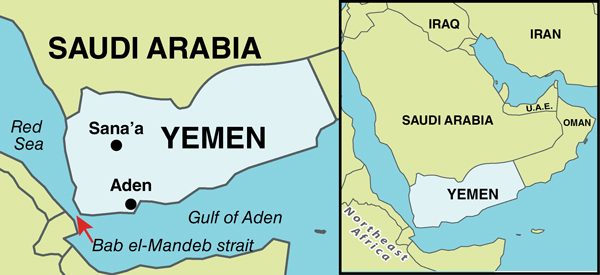

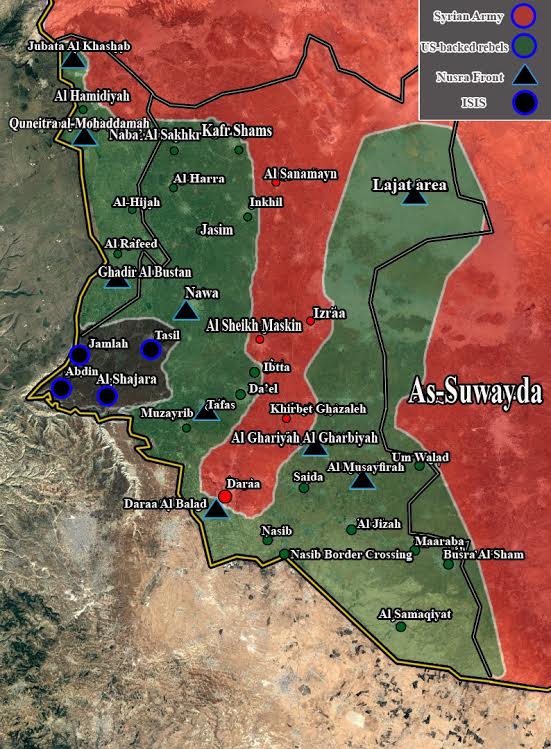


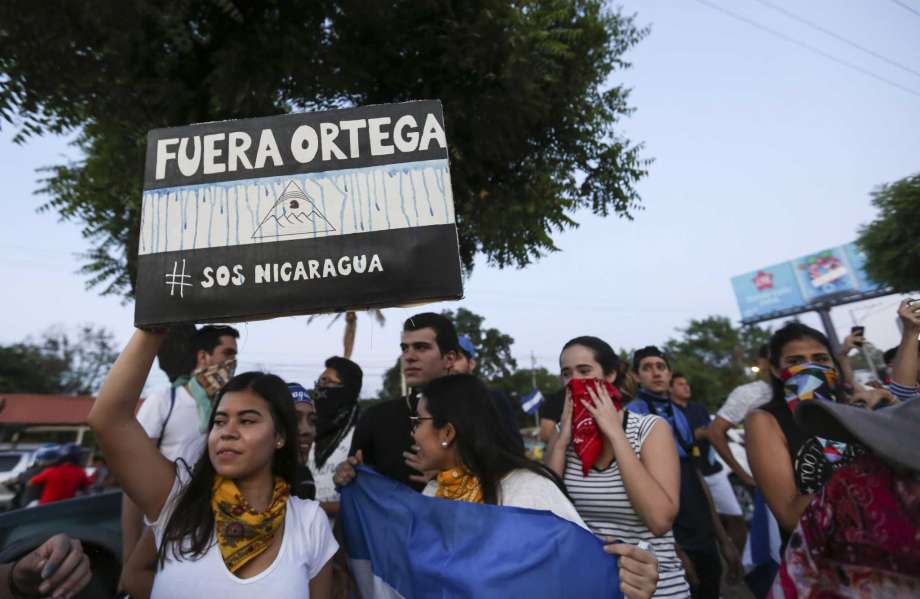

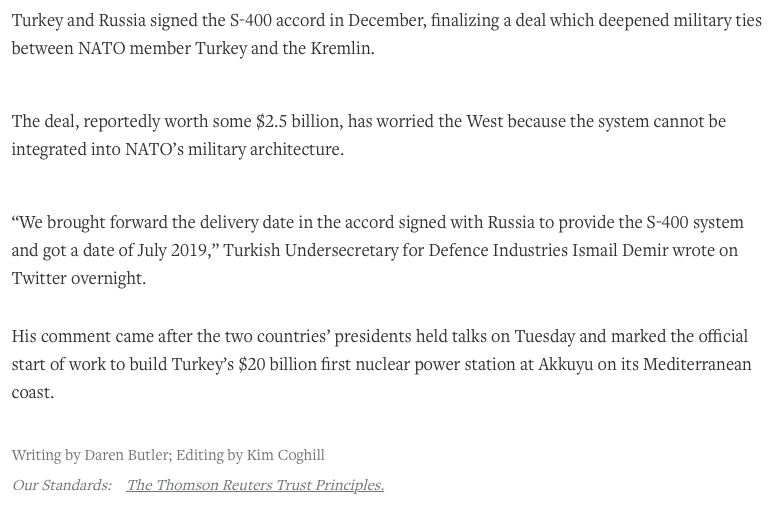
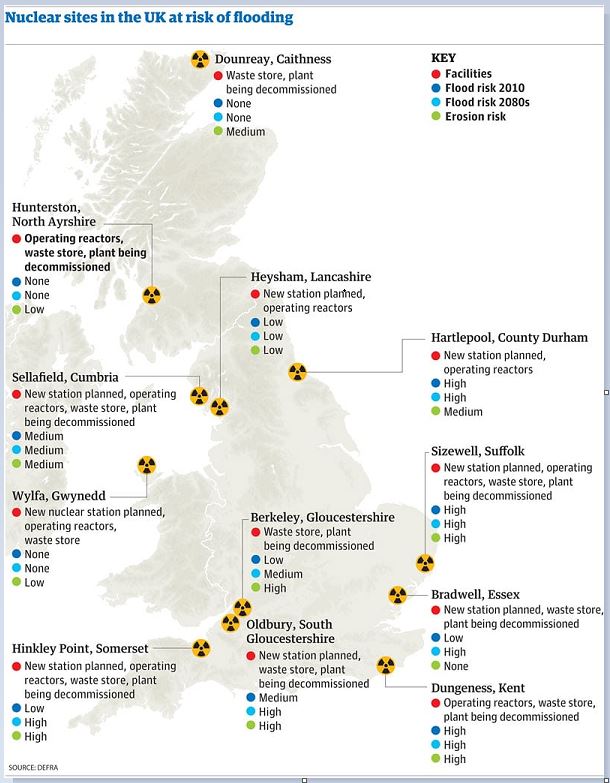
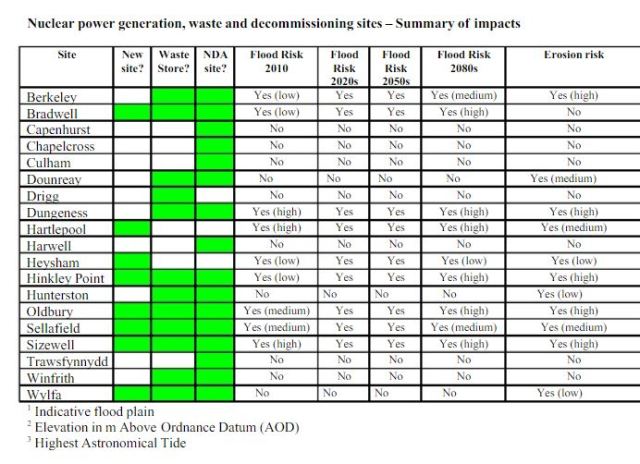


 Title:
Title: 
